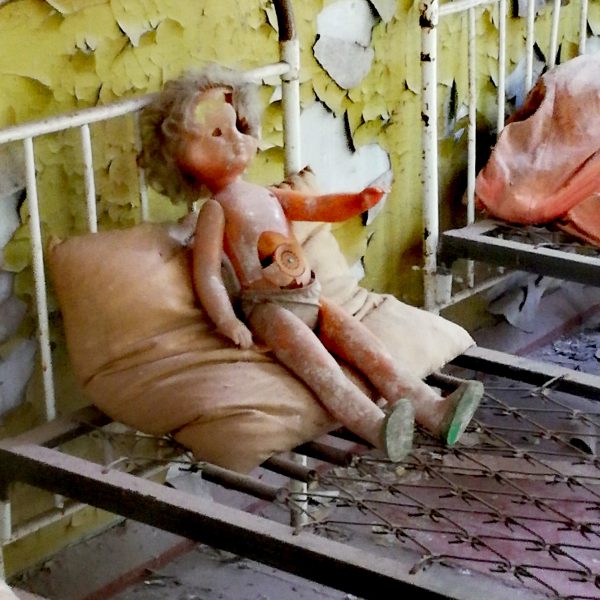A Trip to Chernobyl – Into the Exclusion Zone
The horrifying backstory of the Chernobyl Nuclear Power Plant and the eery nature of the surrounding areas meant that I had being anticipating my trip to Chernobyl for a some time.
Chernobyl Power Plant Explosion of 1986
On 26th April 1986 a part of reactor 4 at the Chernobyl Nuclear Power Plant exploded, creating the worst nuclear disaster the world has ever seen. It was a result of flawed design and inexperienced, under trained staff. The explosions occurred at 01.23am.
Radioactive fuel and debris rained over the area and the fire spread. Toxic fumes and dust were carried by the wind. The toxicity of the radioactive cloud was equivalent to 400 Hiroshima bombs. The graphite fire took 10 days to extinguish.
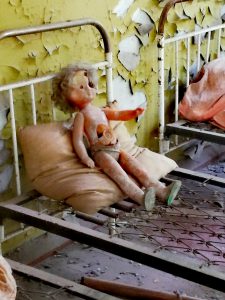
Evacuation commenced 36 hours after the accident. Some residents were already displaying symptoms of radiation sickness such as headaches and vomiting. Some workers and members of the rescue services knew they were exposing themselves to deadly radiation levels but worked to prevent further leaks.

The wind carried the radiation into the forested areas and into Belarus. Soviet authorities we’re very very slow to release details of the accident it was only when the radiation reached Sweden that concerns we’re raised and the full extent of the disaster was revealed.
The Chernobyl Exclusion Zone
The exclusion zone now covers 2,600 square kilometres, an area the size of Luxembourg. The main and most dangerous exclusion zone covers 10 square kilometres. There is a checkpoint to negotiate before you are admitted into the exclusion zone, where tickets and passports are scanned. Russian citizens aren’t allowed to enter the exclusion zone. Locals receive a reduced rate, foreigners pay twice as much, and the citizens of Belarus, for some reason no-one understands must pay 4 times as much.
A form is signed agreeing to abide by the rules. Don’t sit on the ground, don’t put anything on the ground, don’t touch anything, wear long trousers and long sleeves. If you wanted to be extra careful you could purchase one of the lovely protection suits.

My Trip to Chernobyl
I have had my trip to Chernobyl booked for almost a year. When the tours first started running there were 2-3 mini buses a month. One winter a bus full of Polish tourists was stuck in heavy snow for 8 hours. With the success of the HBO series there can be 40-60 buses a day. People are coming from all over the world just to visit Chernobyl.
There has been a resurgence in the wildlife in the area. We drove through the red forest, this was one of the first areas the radiation reached, it killed the trees which turned a brown/red colour.
In 1998 five Przewalski’s horses were released. They were on the brink of extinction but thrived and multiplied. In the forest are also brown bears, lynx, boar, elk and foxes. Nature is regenerating and claiming back it’s territory.
Anti-Ballistic Radar System
It was incredibly peaceful with just the birds singing. Our first stop was the anti-ballistic radar system. The bus stop on the lead up road was painted with cartoon charters and animals. This is because the Soviets told everyone it led to a children’s camp. That was the cover story. The lies and mis-information began long before the disaster. The radar system was enormous, 146 metres high. It cost 60 million rubles to build and was protected by 2,000 soldiers. The Russians built other radar systems in Odessa and Siberia. The locals had no idea what it was, some thought it was a weather station, another rumour said it was a machine for reading thoughts, it was certainly very imposing but hidden deep in the forest.
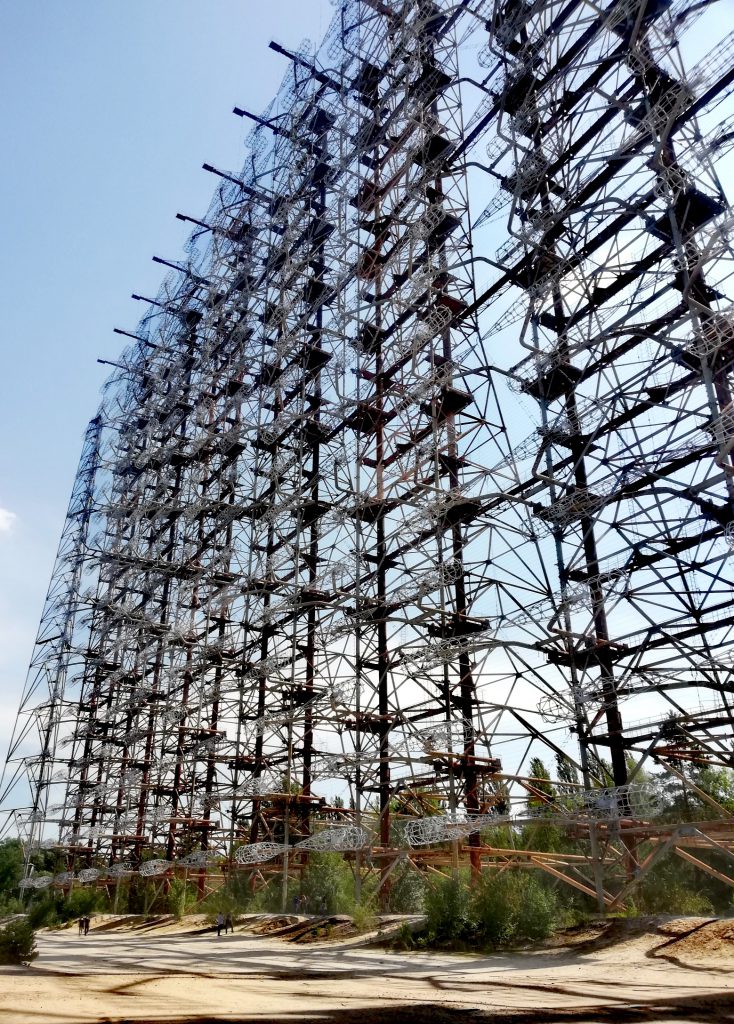
The Kindergarten
Next stop was the kindergarten, the path overgrown, the floors subsiding. Sad mementos of things children thought they would came back to, toys, favourite dolls. No-one came back. What happened to these children, to their parents?

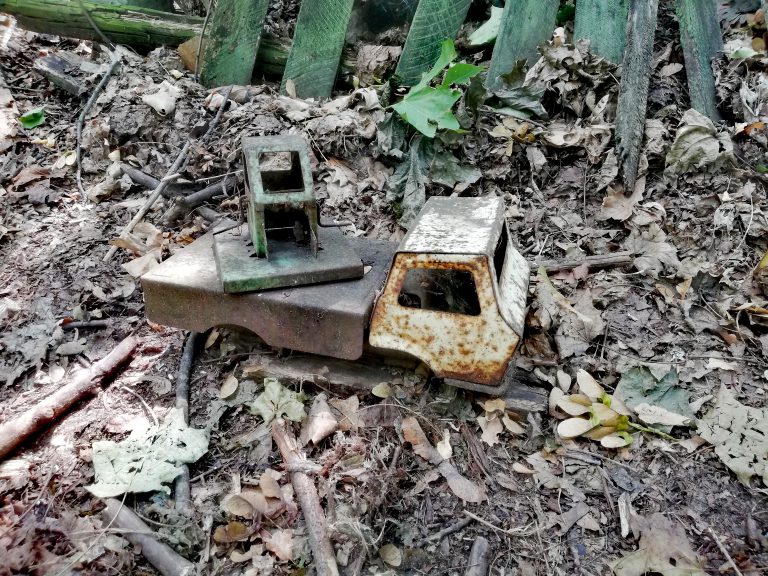
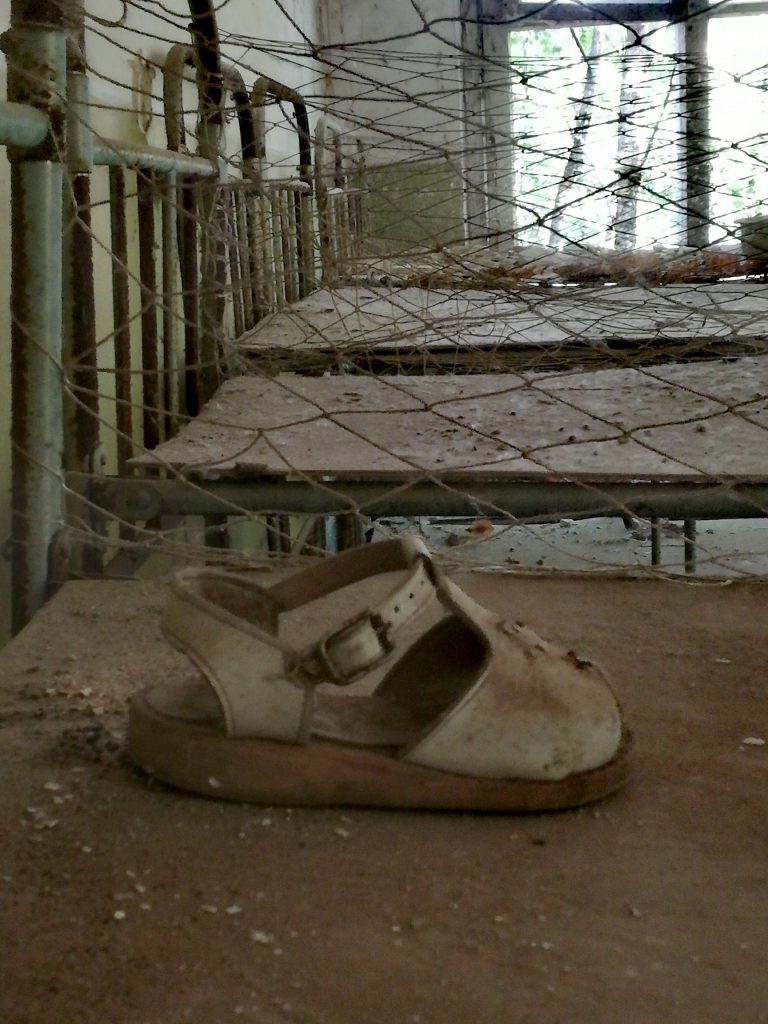
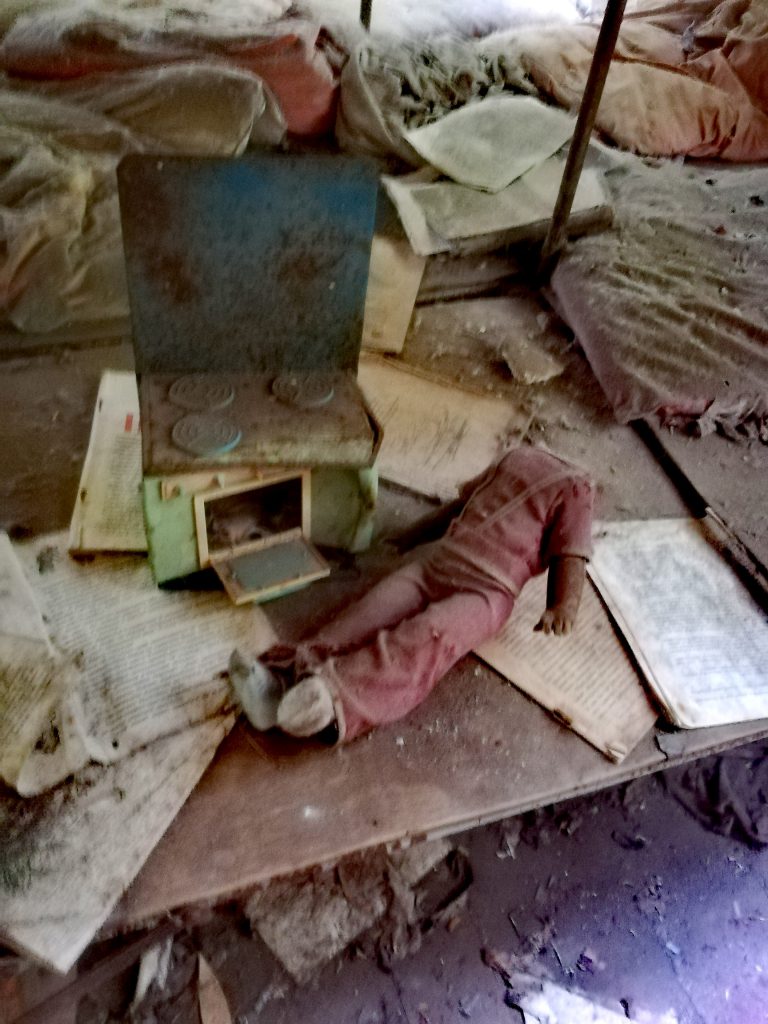
We got our first views of the reactors. Even after the accident the other reactors continued working. There wasn’t an alternative, it produced electricity for over 10,000 square kilometres. A small fire in reactor 2 led to that being de-commissioned in 1996 and the final reactor shut down in 2000.
Reactor Number 4
Reactor number 4 is now enclosed by a huge sarcophagus made from steel and concrete. It was built at a cost of 2 billion Euros by a consortium of 43 countries. It is the world’s largest movable structure. Inside the damaged reactor are 200 tons of fuel. The international experts and workers have now gone home and A team of Ukrainian workers monitor the situation assisted by robotic cameras. The plan is to dismantle the reactor and remove the hazardous fuel, but no progress seems to have, been made as yet.
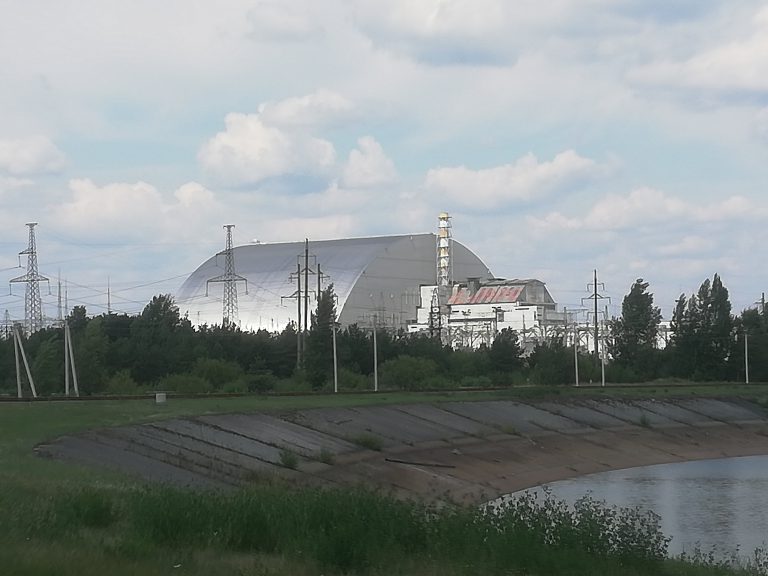

Recycling Building
There is also a new problem. The old recycling building is becoming dangerous. If it were to collapse then it could lead to a new potential disaster. Plans haven’t been finalised as to what to do about this. A new recycling building has been commissioned and has been paid for by the EU. The European Union will send there waste here.

Visiting Pripyat
Pripyat was built to house the workers of Chernobyl. It was built in 1970 but had a big influx of population in 1979 when it was proclaimed a city. It was a very wealthy and beautiful city and residents had a very good standard of living. The average age was 25-26. The population was 49,000.It boasted 15 primary schools, 5 secondary schools, a hospital, cinemas, a swimming pool and beautiful gardens.Now it’s a ghost town, very eerie. A lot of it has already collapsed and been reclaimed by the forest. The rest looks like a film set after the apocalypse has happened. Most buildings are now so dilapidated and unsafe that tour companies won’t let them go inside. I was lucky to get the chance to enter some. It is very atmospheric, hauntingly so. First visit was the swimming pool. All the clocks are stopped at 11.55 – when the electricity went off.
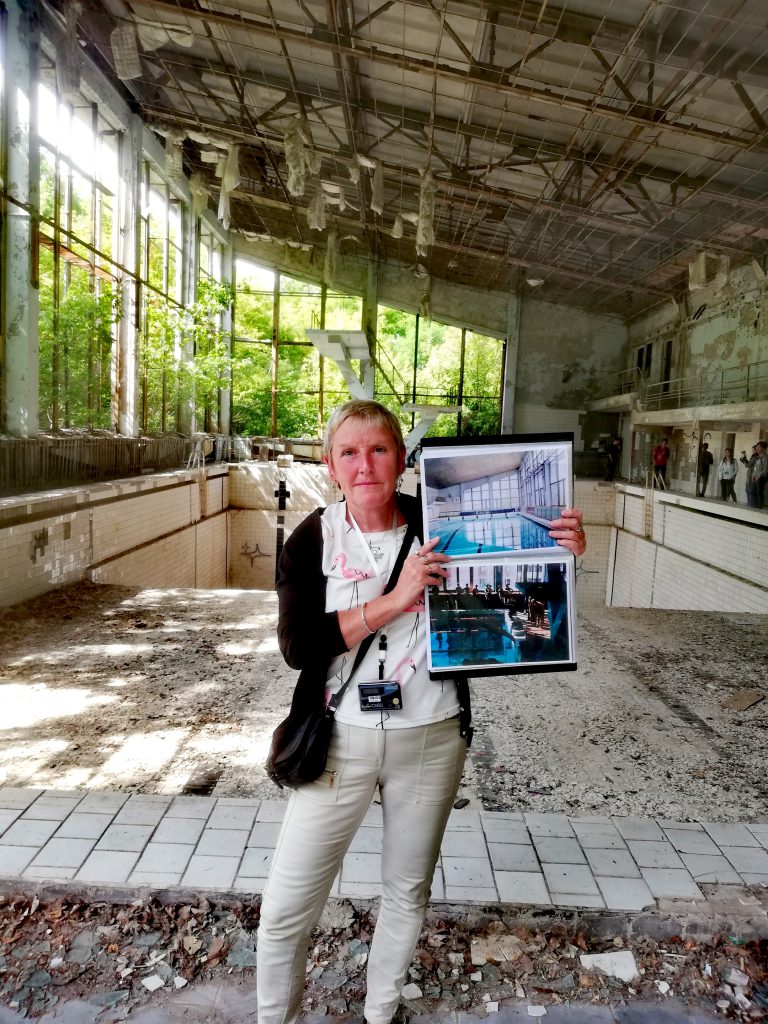
The next stop was the most emotional for me. It was a school but what I found it really hard to see were the exercise books from the children scattered on the floor. Such neat handwriting, the spelling mistakes corrected by the teacher in red pen, the columns of sums. Children with hope and dreams, completely innocent, then subjected to a radioactive dust that would change their young lives and for some take their lives away. Their writings personalised what happened. Again, like the kindergarten, what happened to these children, did they survive, did their parents? They were 3 kms from the explosion.

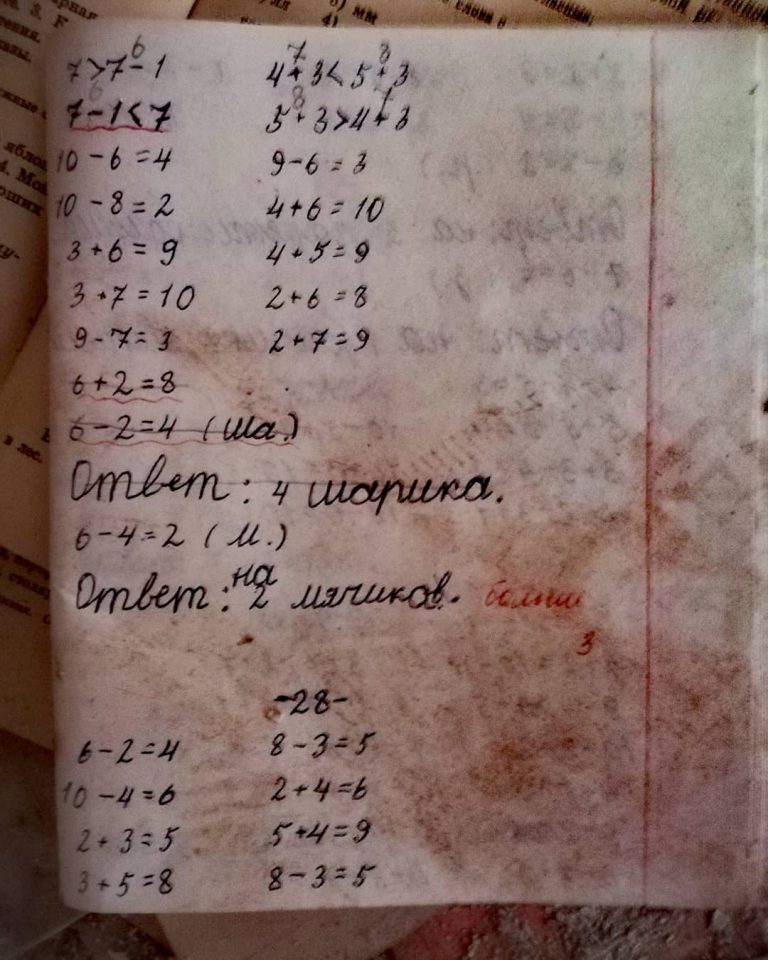
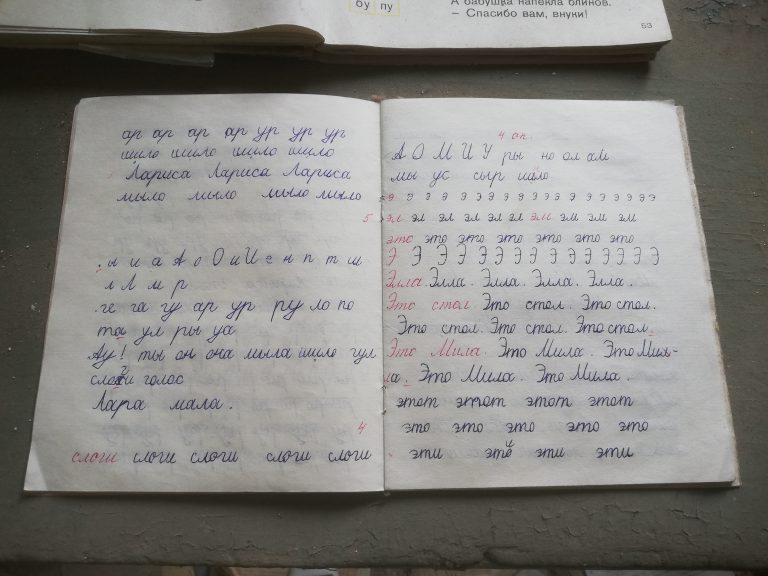
Also at the school were so many small gas masks for children. They were never used, they didn’t know they needed them! So many lies, so much not said or explained.
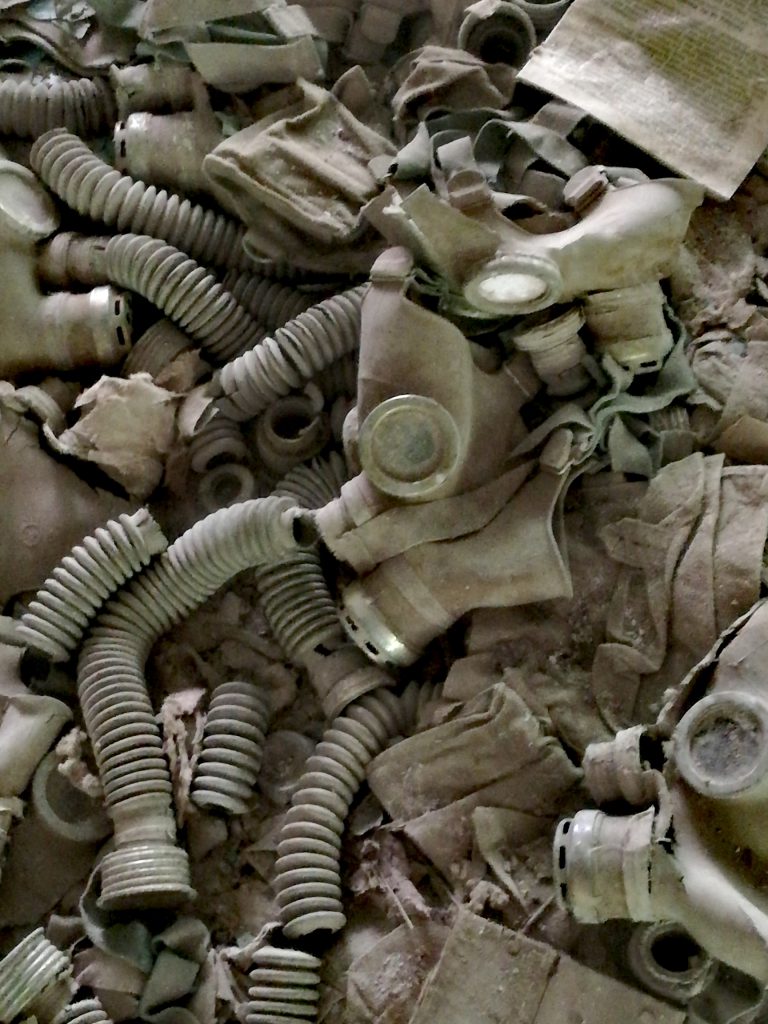
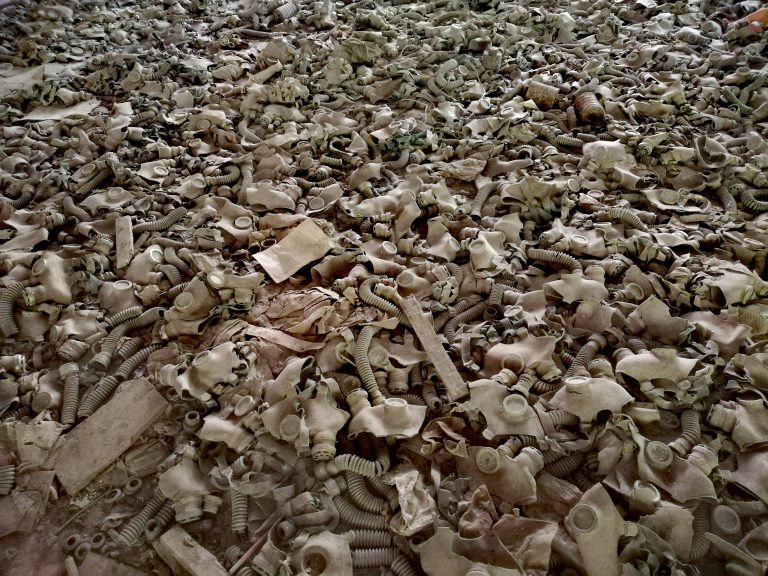
We also visited the police station and prison cells. That must have been terrifying too.

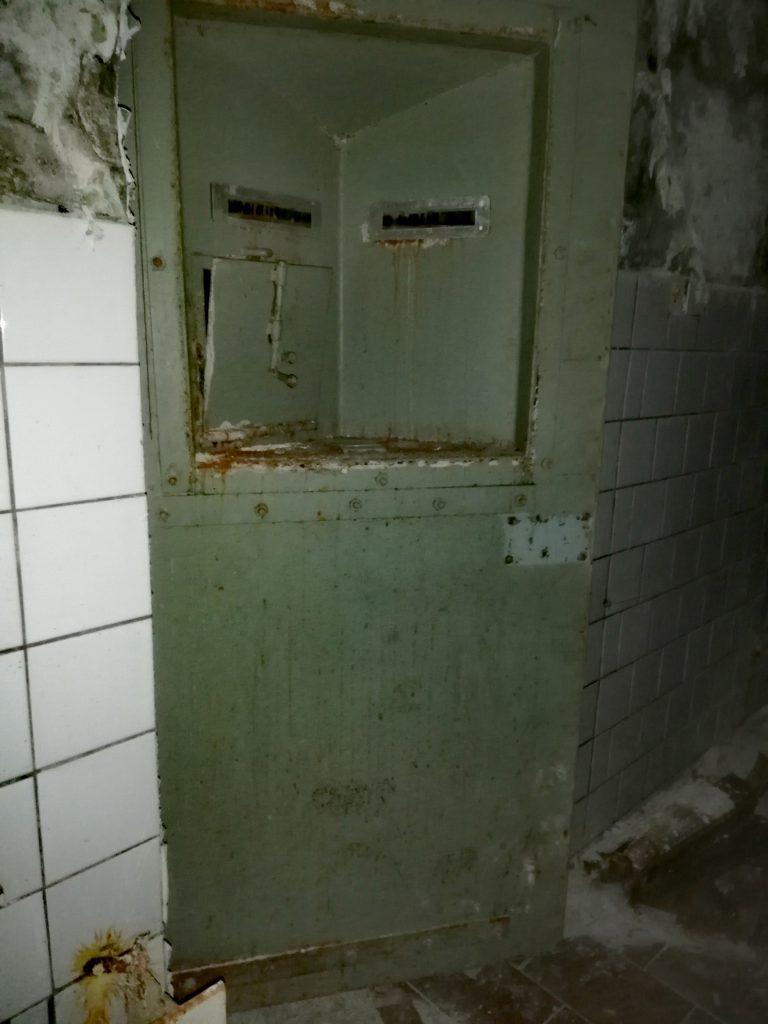

The old hotels are now dilapidated and unsafe. Government buildings shells of their former self A decision will have to be made soon by the government as to what to do with these buildings. Do you let nature take it’s natural course and the forest reclaim them. Or does the government renovate and rebuild them so future generations can visit? If they did rebuild and recreate it would lose all its atmosphere. On the other hand, they are making a lot of money out of tourism and should future generations be able to see what it was like? For me I think it just should follow its natural course.


Abandoned Vehicles
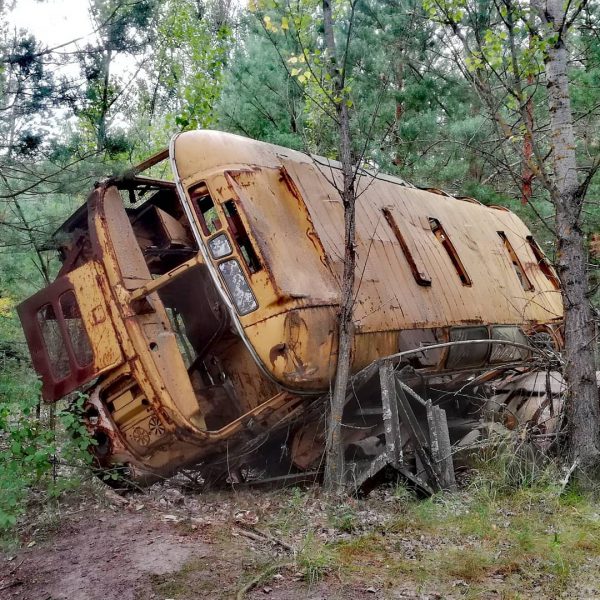
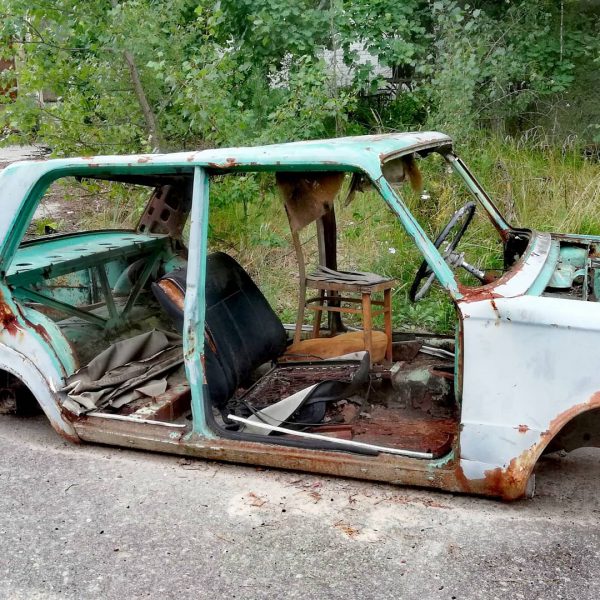
Pripyat Fun Fair
Of course then the famous fun fair. Due to open on May 1st for independence day, everything was prepared. But of course on 26th April tragedy struck. The grand opening never took place. Some reports say it was open for a short time on 27th April to distract the residents, who knows.


The old Supermarket was also poignant. Loved this trolley had only 1 item in it, a bottle of vodka!
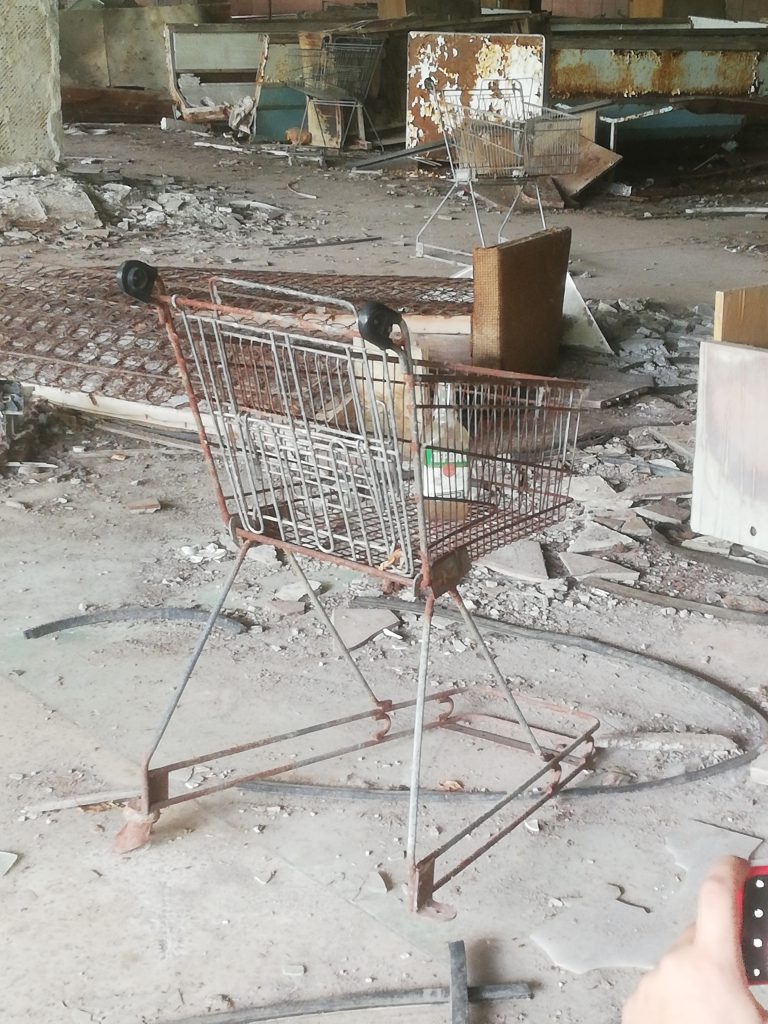
Staff at Chernobyl
Our tour guide was amongst the 2,000 people who work at Chernobyl now. He is a translator. Staff range from scientists to engineers to hospitality staff. Like most workers he has to share a dorm. He shares with a 25 yr old male engineer and a 45 yr old female office worker. They are limited as to the amount of consecutive days they can stay on site. He receives an extra allowance of $20 a month as ‘danger money’!
For lunch we ate in the workers’s canteen and it was the worst food I have ever had. I couldn’t eat it. At least we got the authentic experience! The workers have to eat this everyday.
Hotspots
There are still hotspots within the park as we demonstrated. Some are marked with yellow signs. We have personal Geiger counters worn around our necks. We were all fine. Hand held devices did flag up some got spots. The yellow device here is over a drain into which the equalisers sent all the waste. See the difference in readings with my black, personal device.


Leaving the Exclusion Zone
When you leave the exclusion zone you must go through a radiation body scanner. Everyone is normally okay. Once a young Polish man wandered off the track – his shoes were contaminated with radioactive dust, no-one knows where he got it from. His shoes had to stay and he had to go back in his socks.
A Monument for the Firefighers
The government never erected any monuments for the heroic firefighters, so the fire service made their own.
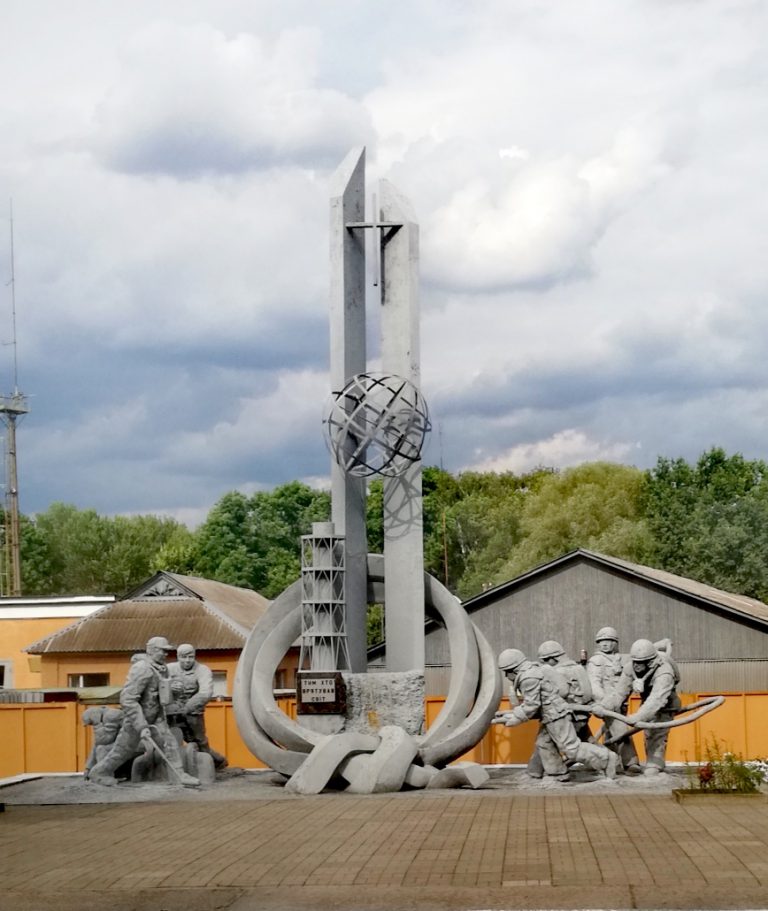
125 residents moved back to the exclusion zone, all very elderly. They are helped by the government, charities and tourism. The ones near to the main exclusion zone are considerably poorer. The ones nearer Chernobyl host tourists and make a good living. How many died as a result of the Chernobyl disaster, it ‘s impossible to say. 2 workers were killed in the initial blast and 28 firefighters and workers died shortly after. Some sufferers were taken to hospitals in Moscow and we’e classified as ‘being ill’. They we’re buried deep underground. The WHO gave an estimate of 4,000 deaths in total, other estimates say 9,000, 60,000 or even 200,000.
My trip to Chernobyl was an extremely interesting, informative and moving tour and the highlight of my trip to the Ukraine.

